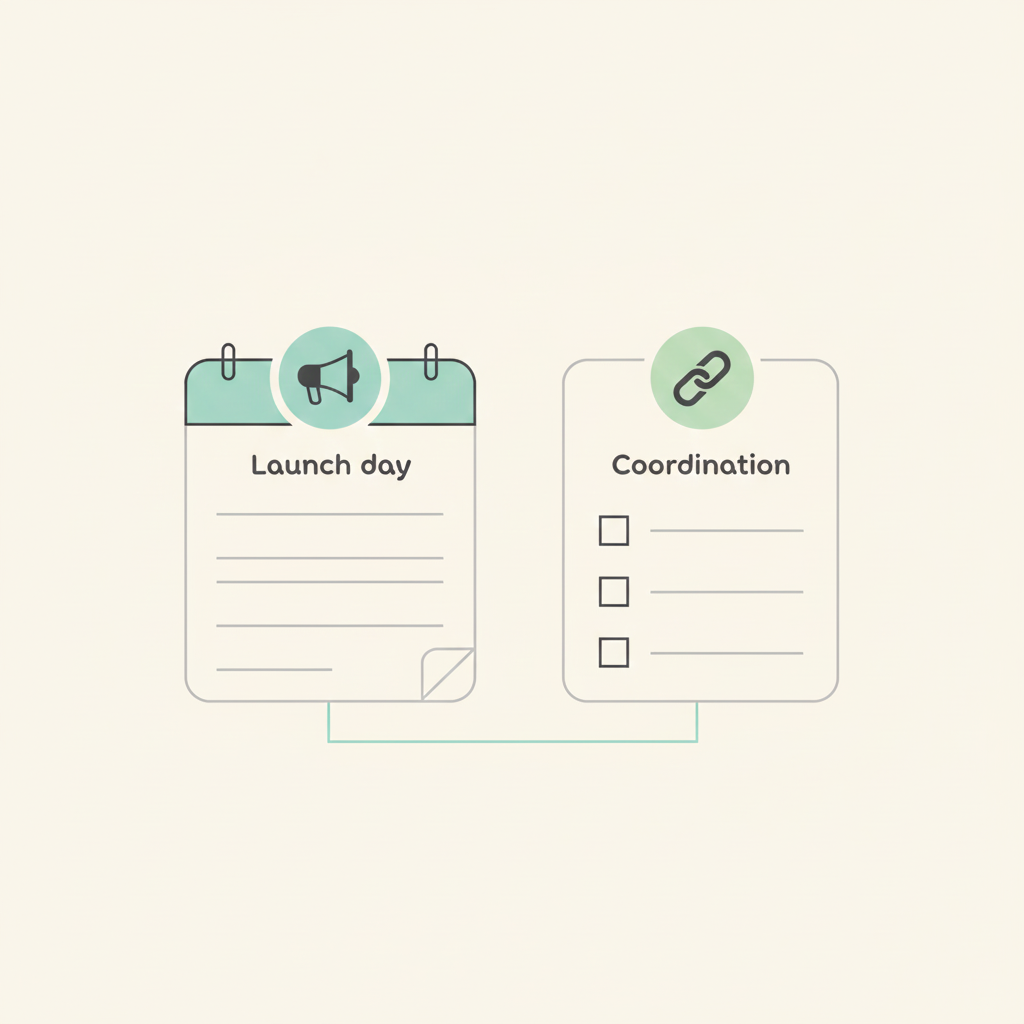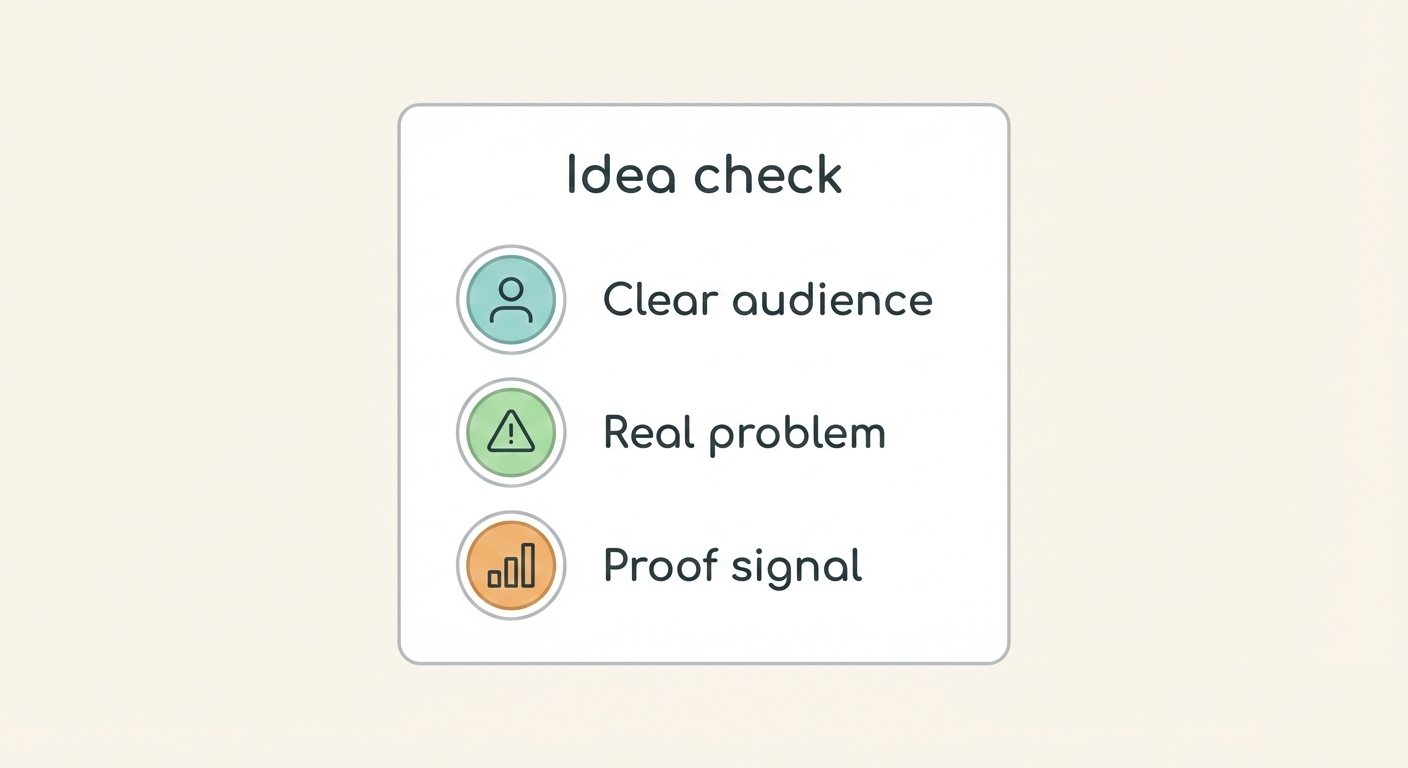Is Scrum dead?

Are rumors of the death of Scrum premature?
Scrum is a method of development practice. And just because you practice Scrum, it doesn’t mean you are automatically entitled to the benefits of agile. Scrum is not like opening a door to a new level of fast tracked development. If you use Scrum, you can still be caught up in the conventional waterfall process.
The waterfall model can be traced back to 1956 and was first formally described in 1970. So, as a standardized method of practice it has been with us for almost 50 years. It’s almost half a century that has seen the emergence of transformational technology and the ever-increasing acceleration of progress and innovation.
It’s this pace of change that makes waterfall a bit incompatible with our expectations in today’s fast-moving world of the Software Development Life Cycle (SDLC).
Today’s trend for SaaS
Likened to water falling down a series of six main steps, the linear waterfall process, is not really geared to today’s trend for Software-as-a-Service applications. Much of today’s software development can be characterized as one where we see online applications brought rapidly to market by small development teams.
SaaS ventures like these usually hope to follow the SaaS Maturity Lifecycle. Bootstrapped lean startups need to get to Minimum Viable Product (MVP) quickly. The next stage of establishing Product/Market fit doesn’t relieve the need for speed. If successful, the pace might let up (just a little!) as the venture pursues investment by courting angels, venture capitalists and sometimes even hedge funds.
However, across Seed, A, B, C and D Series funding rounds, the capability to add functionality to meet the needs of customers; and to make adjustments to keep up with competitors, means that fast tracking development remains a continual requirement.
With its immovable initial set up conditions and its linear flow which drops vertically, the waterfall methodology is out of step with the way todays SaaS businesses are conceived, startup and grow.
Doing Scrum things is not enough
Scrum resulted as a response to the waterfall methodology. And Scrum was definitely a jump in the right direction, because it moved us on from thinking about software development projects as having fixed costs, scopes, and timelines. Agile continued the shift away from the waterfall approach.
In essence, for software development projects, agile describes what is perhaps the most basic idea of nature – adapt and survive. As technology, culture and people change, we need to observe, analyze and adapt.
However, just following a Scrum process is not enough of a move away from waterfall. The Agile Manifesto doesn’t so much as describe a process. The manifesto is really an article of faith that spells out a system of belief and defines a culture.
Practicing agile with Breeze
Breeze lends itself so well to agile you could almost say it’s agile-native. This is because Breeze gets you started with an agile mindset without you knowing it. You could even say it lets you set off on an agile voyage of discovery into the unknown!
Now, we have talked quite a lot about the waterfall approach and other things that come from the theory of software development. But with Breeze, you don't actually even need to know anything about it or Scrum, Kanban or agile practices for that matter.
Breeze helps you to manage complex things in an easy way. A simple agile project board is a good start. A simple board uses three lists - Todo, Doing and Done – to let you manage tasks in the most straightforward way.

This supports one of the core cultural elements of agile, framing the development process as the creation of a product and not just a project. The rapid process of making changes and assessing their value can be easily set out across the three lists of a Breeze simple board.
The iterative approach, which lets us evolve software product development to account for changes in the operating environment, is so important to the spirit of agile. This is perfectly interwoven with the way Breeze lets you get things done in a way that is culturally in line with agile.
This gives greater flexibility throughout the product development process, avoiding the waterfall ‘trap’ of setting the project requirements in stone at the very beginning and making them difficult to change them later.
From simple to more complex
When it comes to other areas of agile practice, like the need to debrief and get some takeaways after a product has been developed, take a look at what a retrospective board might look like.
This lets us look at past project activity. Examples of some typical lists on this type of layout could include Went Well, Needs to Change, Questions & Discussions, Action Items – to let you focus on achieving the goals of this phase quickly.

This provides a feedback mechanism. A retrospective board enables you to put in place a quality management and improvement process. Doing it like this gives the ability to continually assess performance and to understand how you might be able to improve things the next time.
This just one of the ways of using Breeze to perform higher level project management tasks of all types. Breeze can be as simple or as complex as you need it to be.
Get started with Breeze today
You can get started with Breeze today by trying it for free for 14 days. You don’t need to give us your credit card details and it works on all computers with up to date browsers. To make sure you don’t waste a minute of your trial we’ve got a great tutorial to make sure you don’t get stuck.
You can contact us anytime on Twitter or e-mail where you can make suggestions or get personalized help from one of our team.








